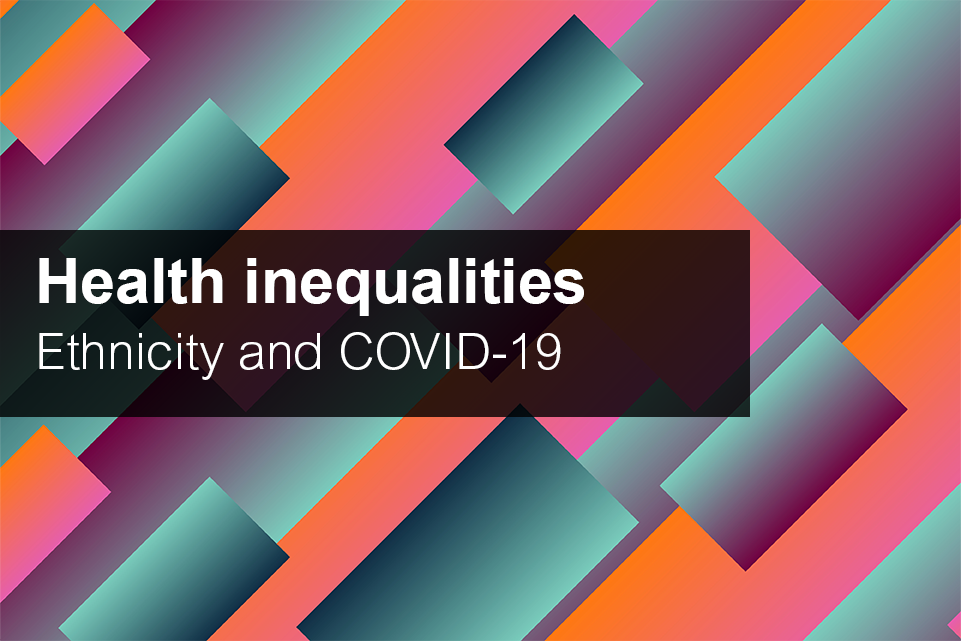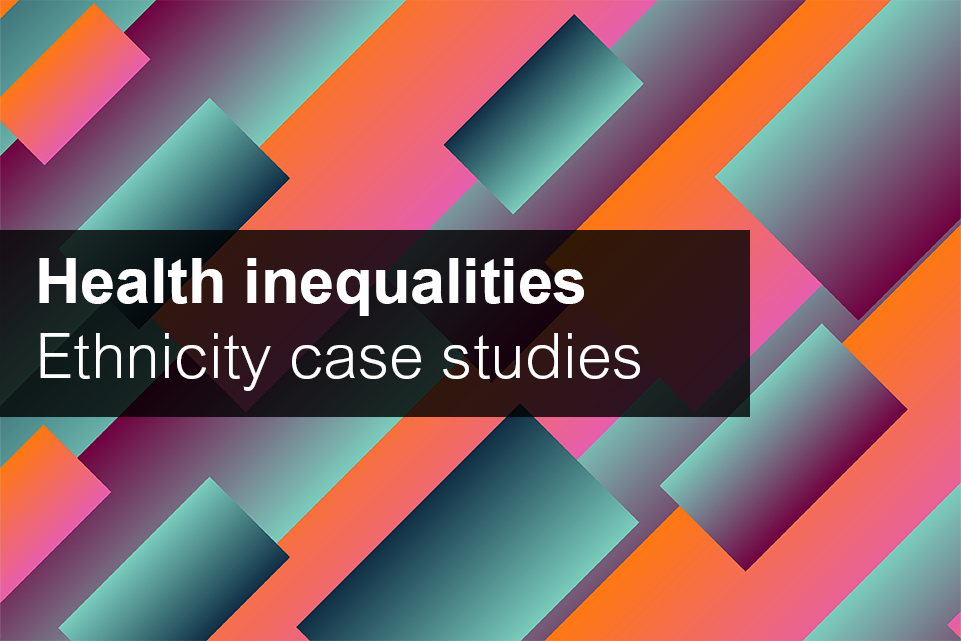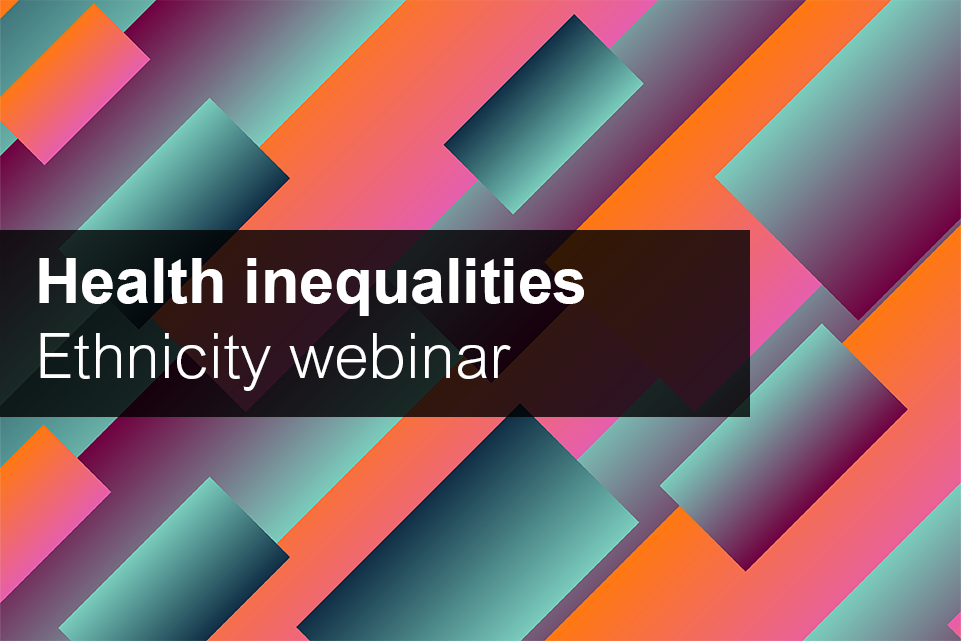Explore case studies from councils and how COVID-19 exacerbated the inequalities Black, Asian and other minority ethnic (BAME) people face. This work informs part of the health inequalities hub, which is funded by UK Government.
The pandemic has had a disproportionate impact on ethnic minority communities. They have experienced higher levels of infection and death rates. Geography, deprivation, occupation, living arrangements and health conditions have all played a role as well as genetic factors.
But the truth is these inequalities were already having an impact on the health and wellbeing of ethnic minority communities before COVID-19 hit – it is just that the pandemic has shone a light on them like nothing before.
Explore case studies from councils which showcase the best examples of working together to support people from Black, Asian and other minority ethnic (BAME) groups in the community and the literature on how COVID-19 exacerbated the inequalities BAME people faced.




